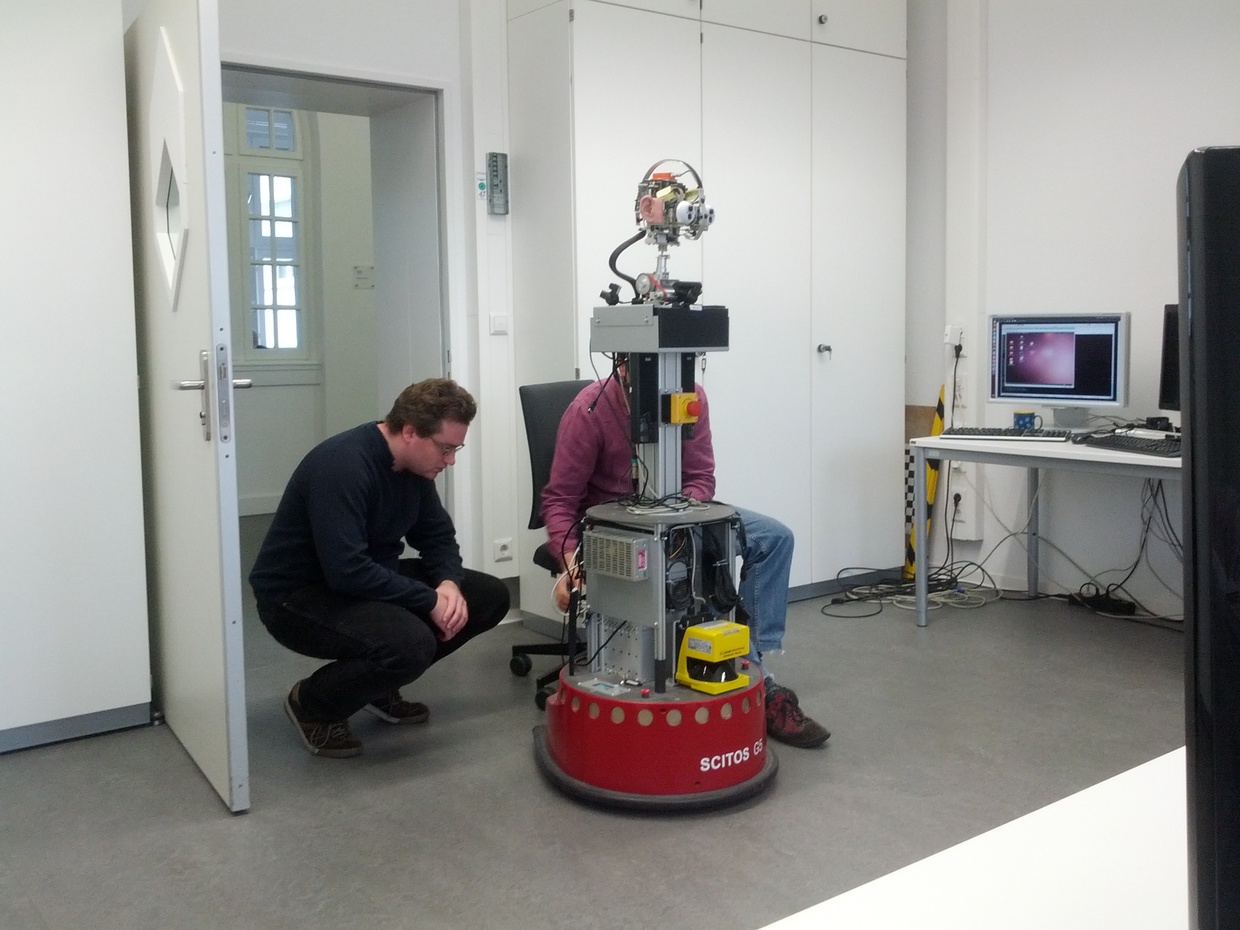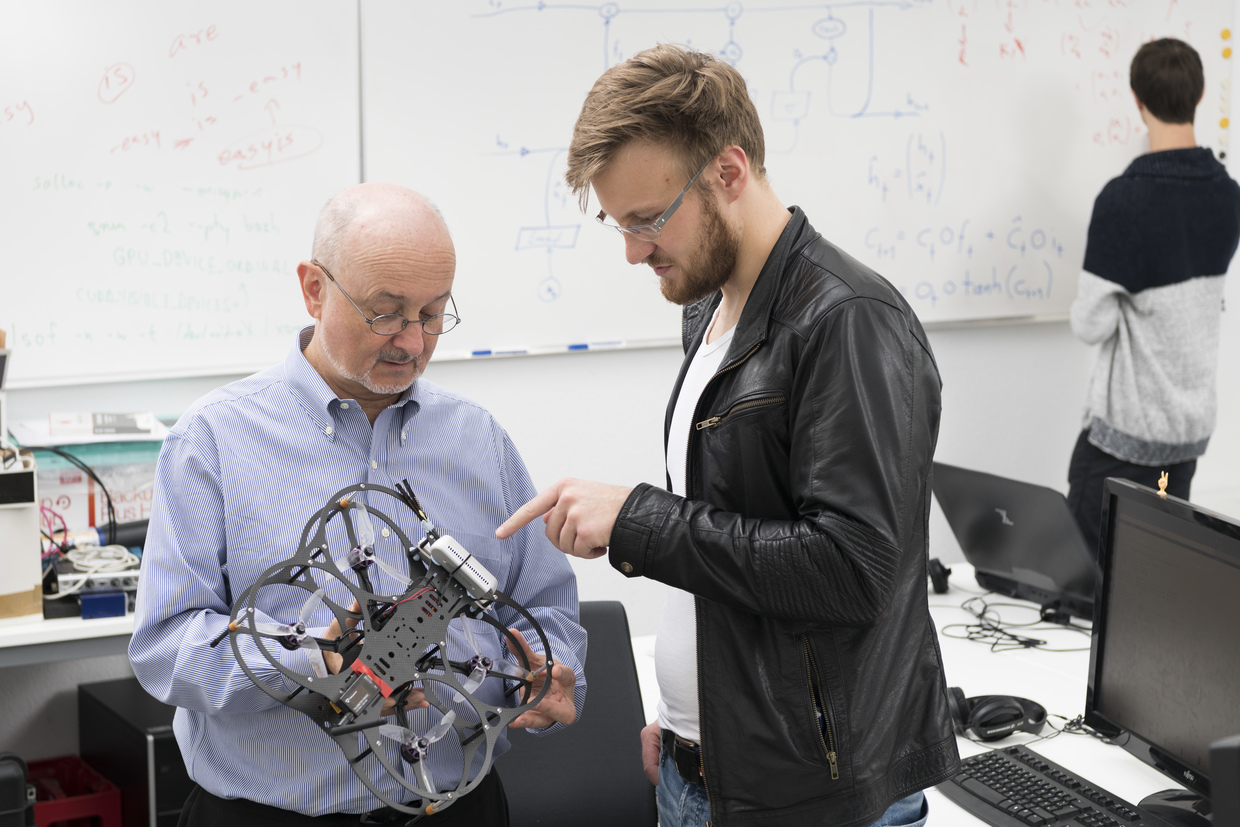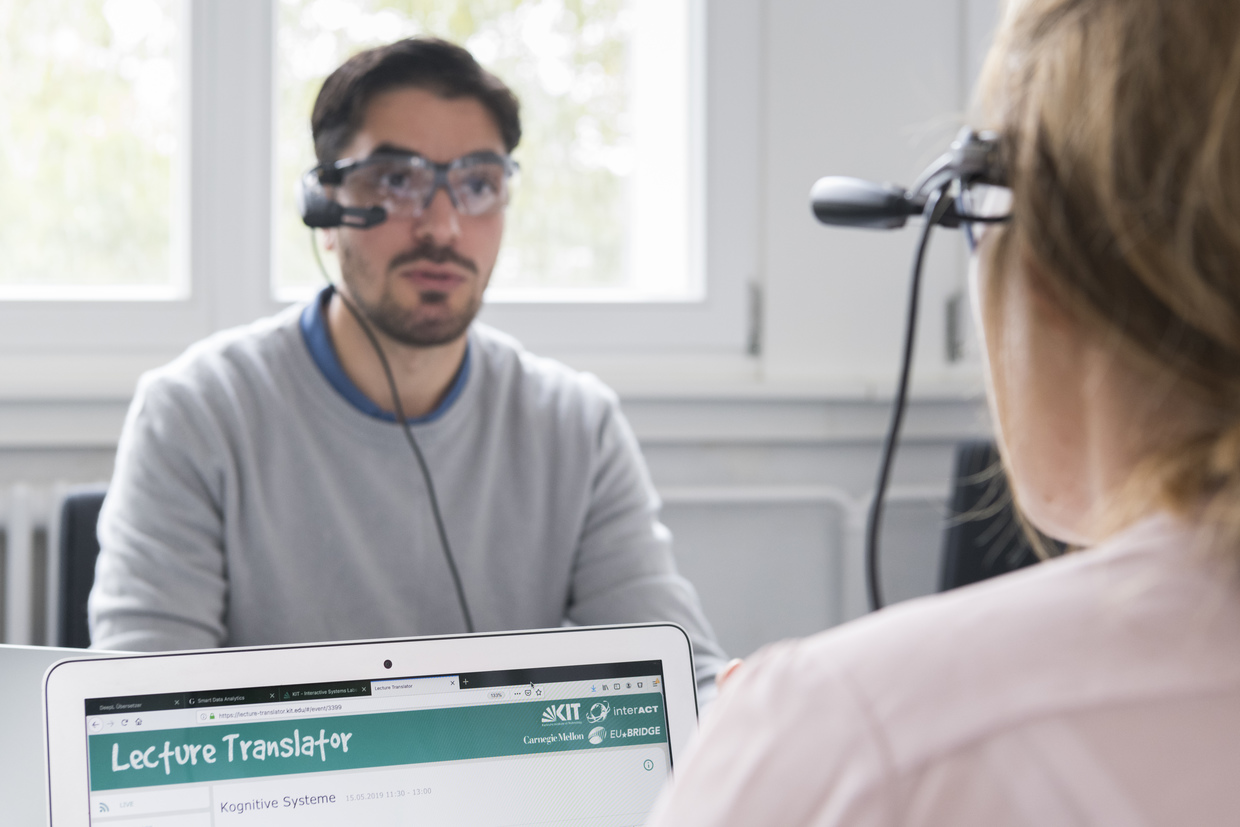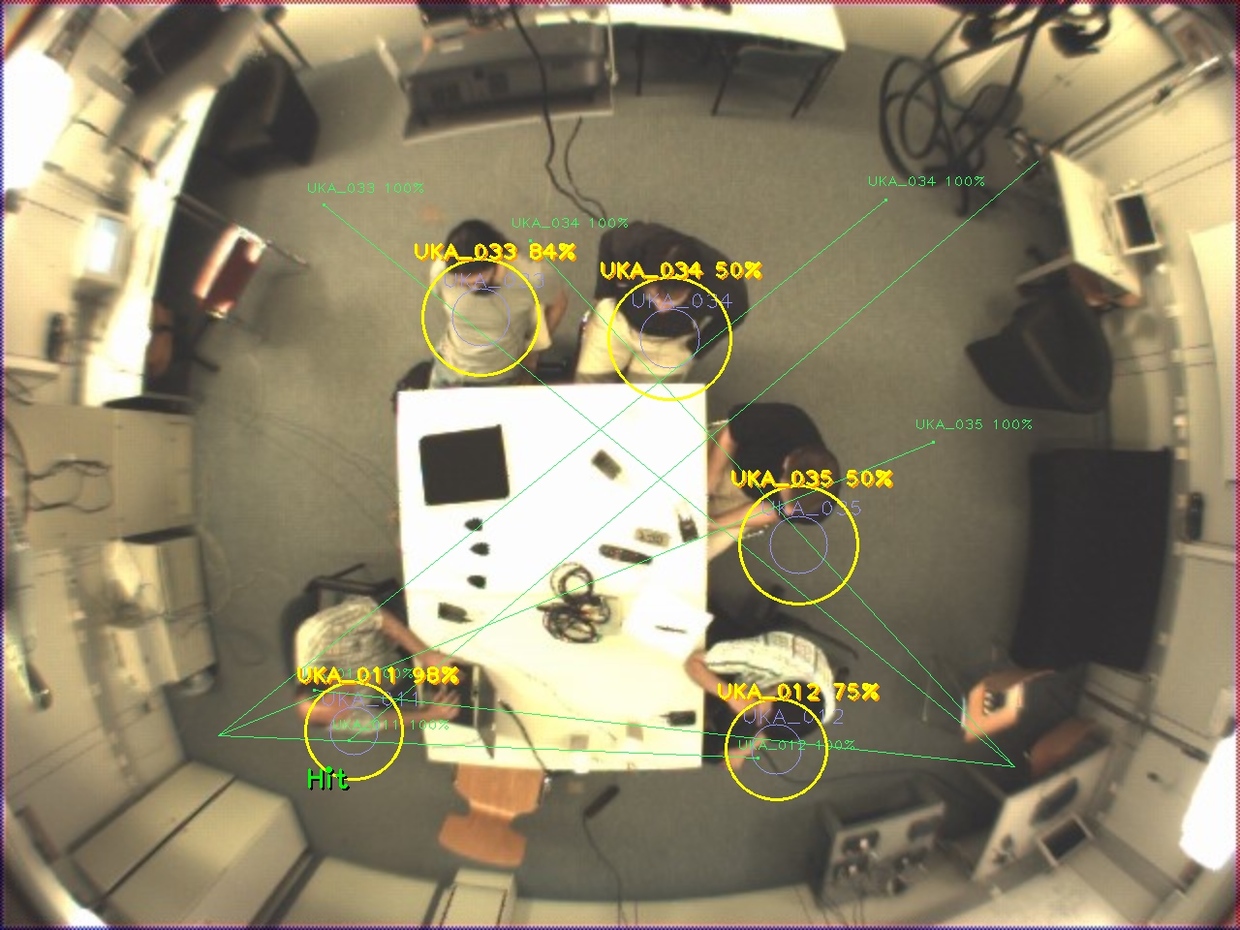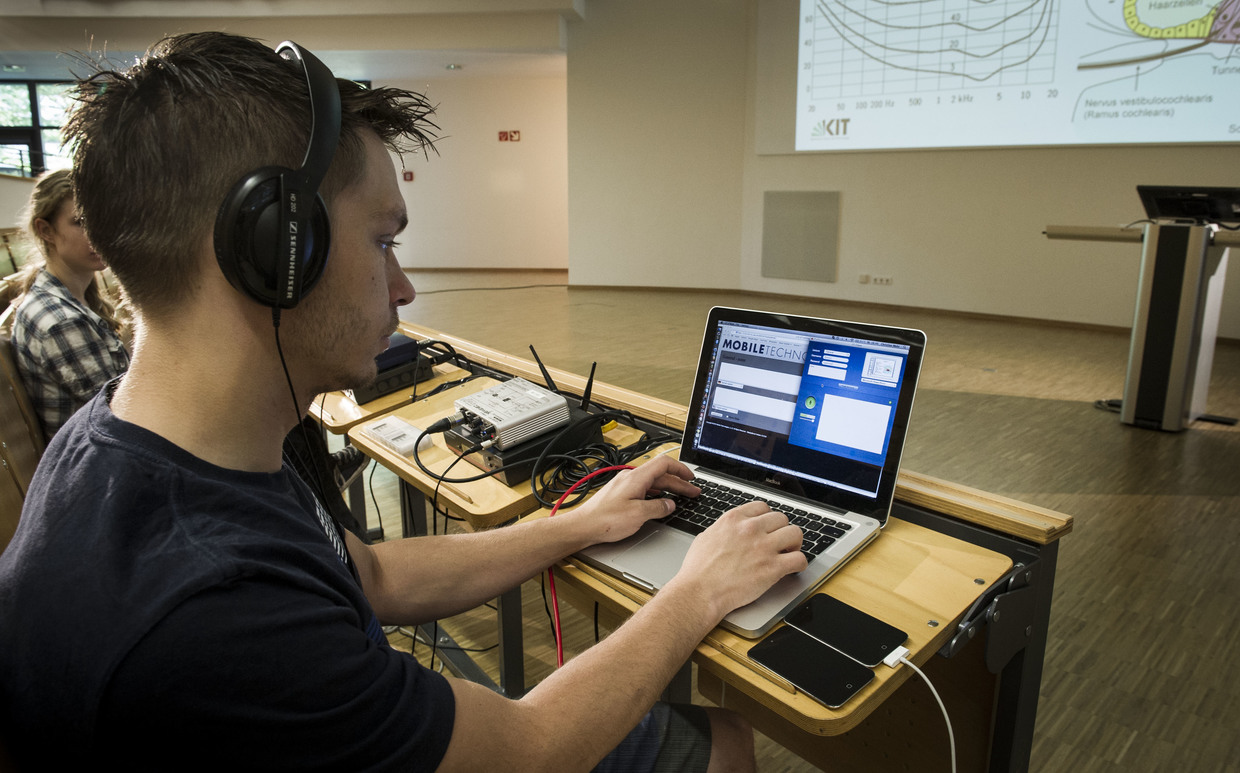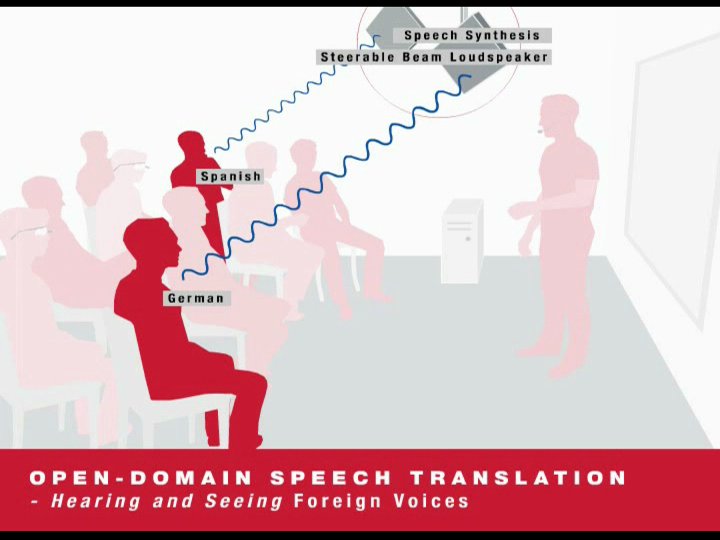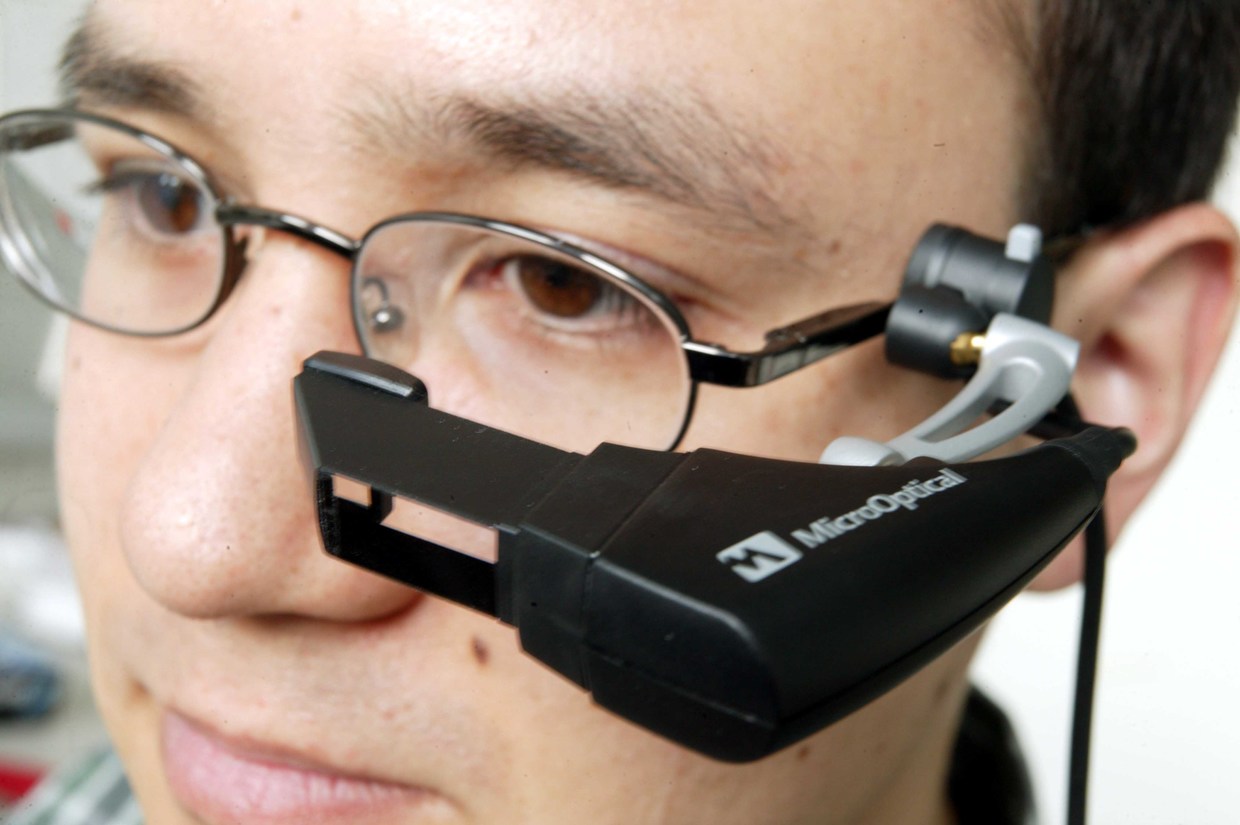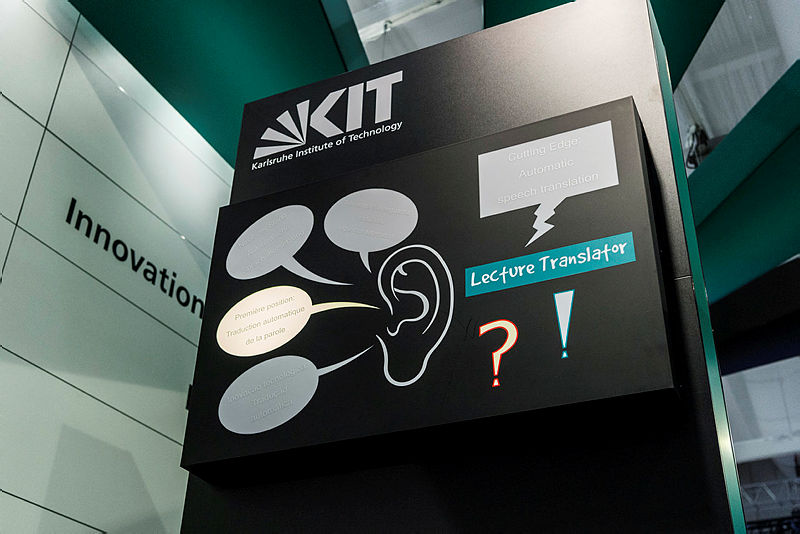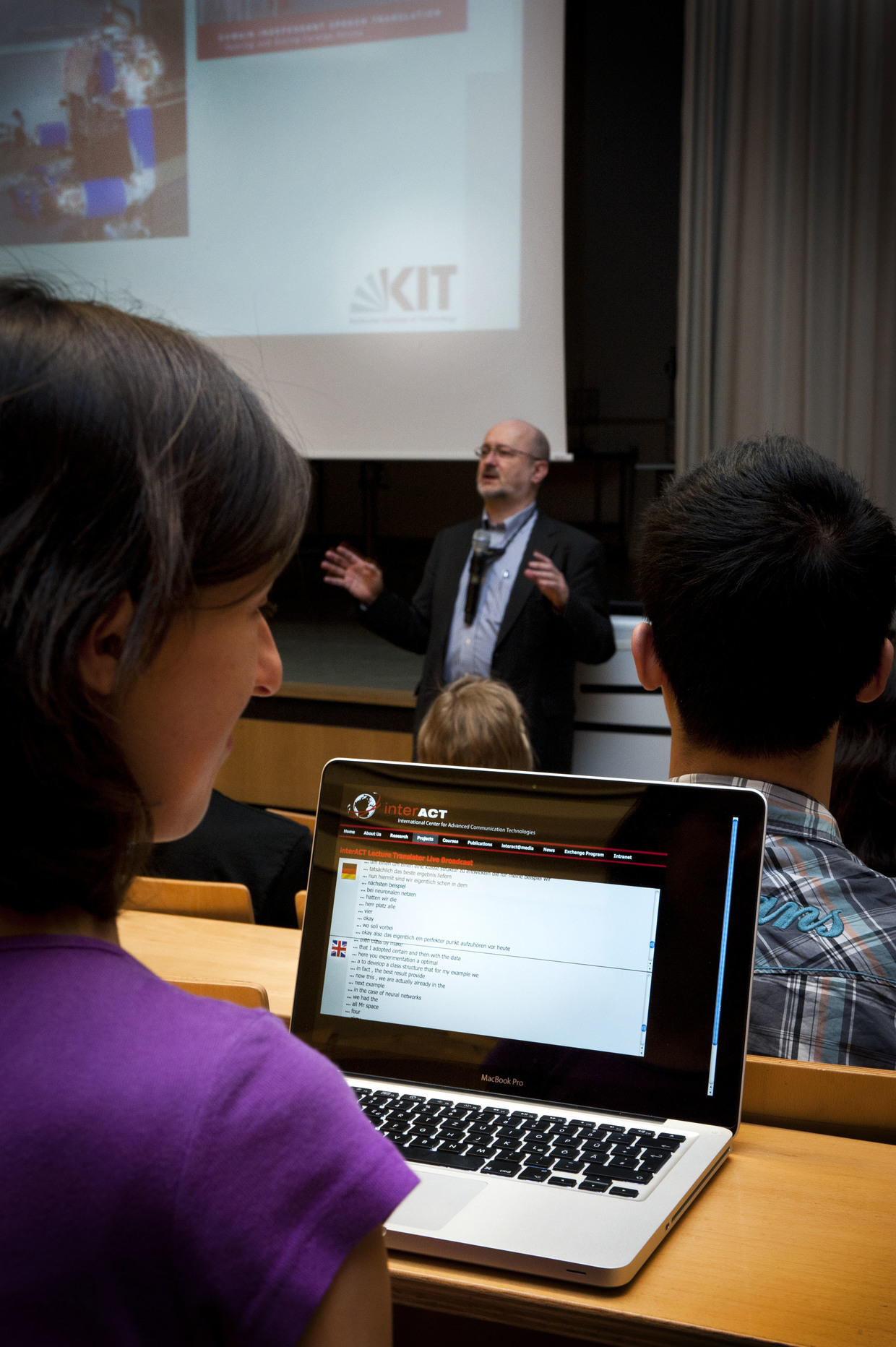Since its formation in 1989, the Interactive Systems Labs has produced numerous innovations and international firsts chronicled below. A particular strengths and passion of our lab is to develop new technologies, but also to be concerned with the actual transition into society. As a result, these innovations have led to a number of start-up companies, new academic fields and Professorships, government and corporate transitioning, humanitarian exercises and field deployment.
The Interactive Systems Lab at InterACT is proud to look back on a long track record of research highlights, international firsts and breakthroughs:
-
Speech Translation
InterACT virtually invented the field and still leads the way. From first prototypes in 1990 to the first commercial and public deployments in automatic consecutive and simultaneous interpretation, ISL has changed the way we live and interact in a global world... More.... -
Silent Speech
ISL demonstrated for the first time that Electromyographic signals can be used for silent speech recognition, dialog, understanding and even translation. Under project CHIL several applications were demonstrated and evaluated... More.... -
Face Tracking
In this work Face Tracking in Real Time based on Color features (Yang et al. ), we could demonstrate for the first time that tracking human faces in real-time is possible. More....
), we could demonstrate for the first time that tracking human faces in real-time is possible. More.... -
Focus of Attention Tracking
This work demonstrated for the first time, that tracking of human attention by tracking the head rotation of a human subject is possible. More.... -
Multimodal Gesture
The combination of face tracking, focus of attention tracking and hand tracking, then led to the development of free multimodal gesture dialogs without requiring data-gloves or pointing devices. More.... -
Neural Networks
In 1987, Waibel et al. proposed the "Time Delay Neural Network" (TDNN), a Neural Network designed specifically for dynamic signals such as speech. Due to its superior performance and intriguing properties, the TDNN popularized Neural Networks for Speech Recognition. Numerous Neural network innovations, publications, and awards and followed. They form the basis of many Neural Network techniques in speech recognition.... More....
